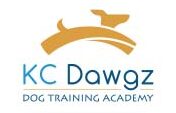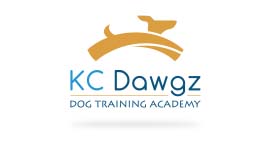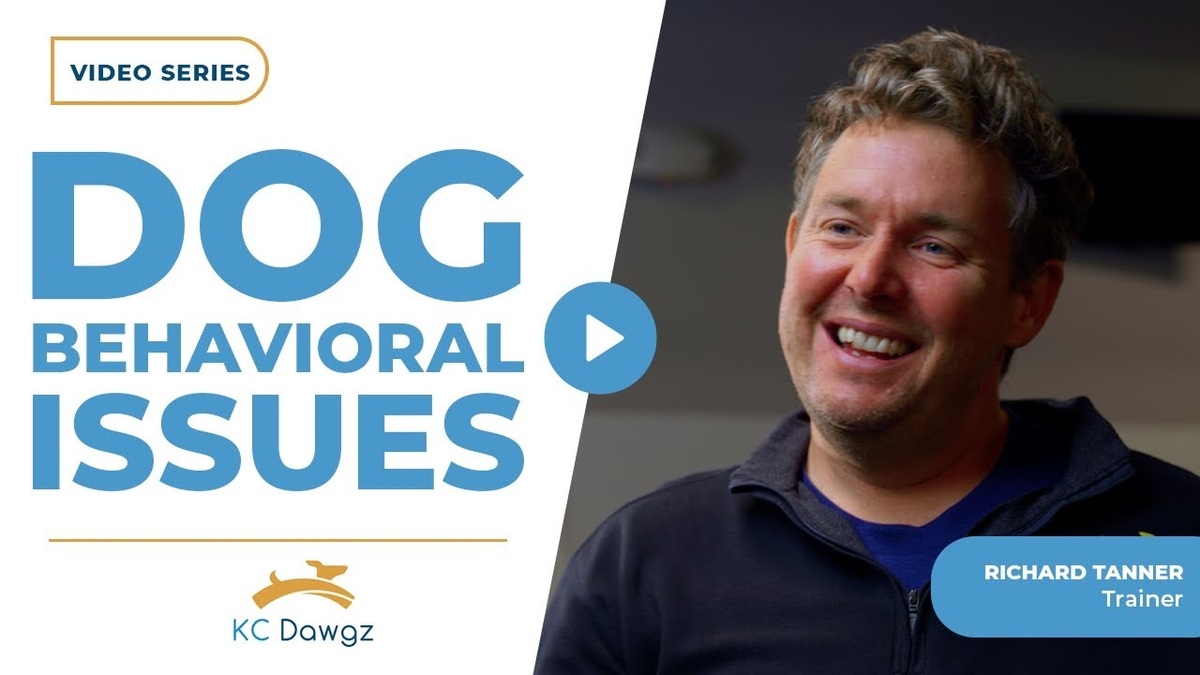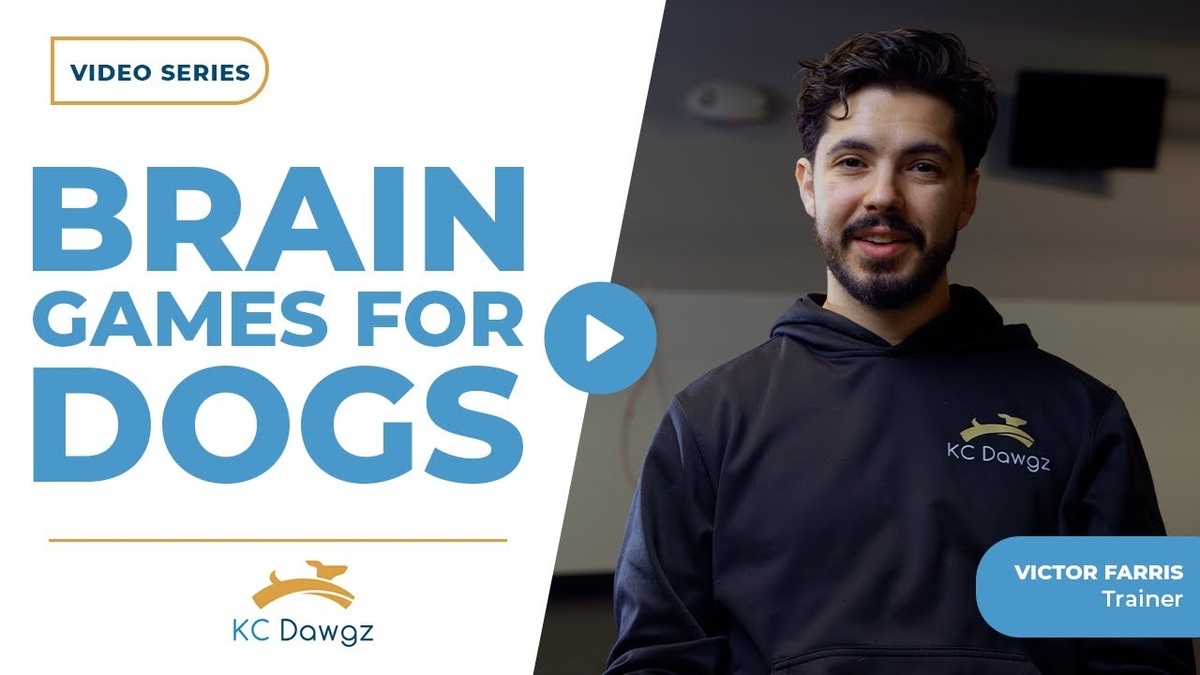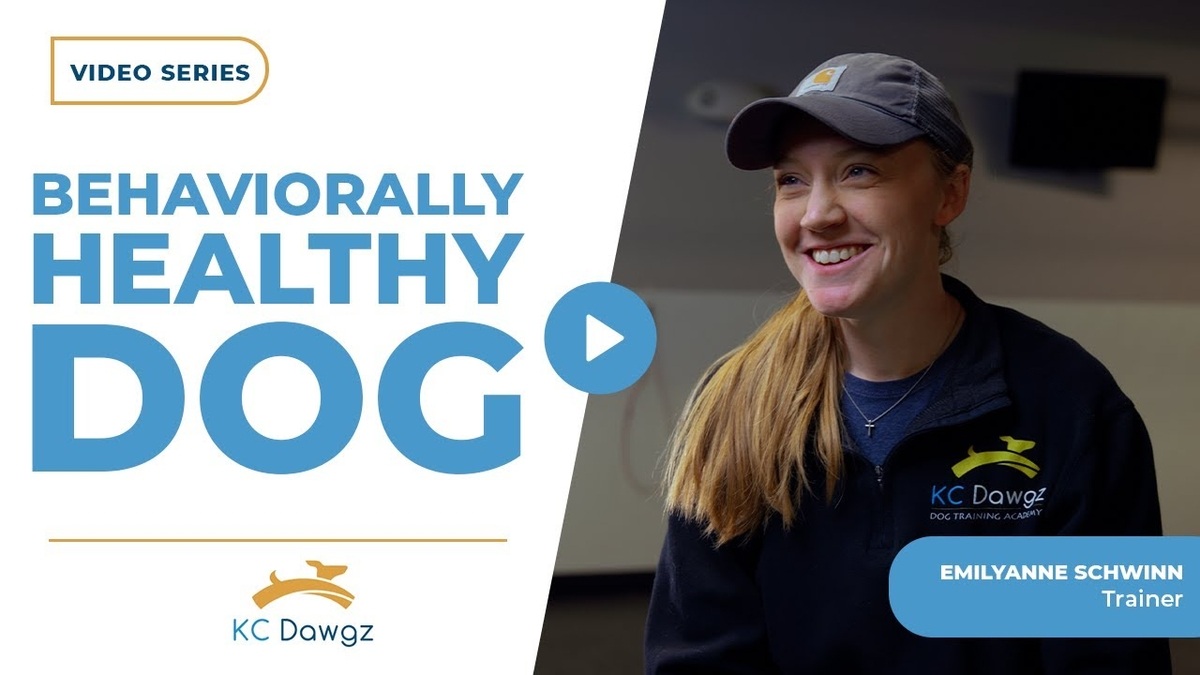There are several dog training methods, each with different ways to guide behavior and create confidence. Some focus on rewards, while others focus on the relationship between you and your dog. Knowing how each method works facilitates the choice of the right one for your needs.
At KC Dawgz, we help dog owners choose training methods that match their dog’s personality and needs. The right method can improve obedience. It can stop unwanted behaviors and strengthen the bond with your pet.
Understanding the Most Common Dog Training Methods
Different dogs respond to different training methods. Knowing the basics will help you make a better choice for your pet.
How Positive Reinforcement Training Works
Positive reinforcement rewards your dog to do the right thing. Awards can be behavior, toys, or attention. The goal is to encourage your intended behavior.
Pros:
- Builds trust between you and your dog
- Encourages learning without fear
- Works for all breeds and ages
Cons:
- If done incorrectly, can reward bad behavior
- Requires patience and consistency
Pro Tip: Give rewards the moment your dog does the correct behavior. Waiting too long can confuse the message.
How Relationship-Based Training Builds Trust
This method focuses on building a strong bond with your dog. You use rewards and daily interactions to teach them how to behave.
Pros:
- Improves trust and communication
- Helps the dog earn what they want through good behavior
- Can be used with other training methods
Cons:
- Takes time to see results
- Requires you to stay consistent in all situations
Key Takeaway: Your relationship with your dog is the foundation for lasting training success.
How to Avoid Common Dog Training Mistakes
Even with the right method, certain habits can slow progress. Sometimes owners reward behavior they don’t want. For example:
- Letting a dog out of the kennel when they whine
- Petting a dog that is acting nervous
- Allowing a dog to pull forward on a walk
These actions tell the dog that the unwanted behavior works. Over time, the dog will keep repeating it.
Need expert help with dog training methods? Contact KC Dawgz for a free consultation. We’ll help you set up a program that works for you and your dog.
Misunderstanding Positive Reinforcement on Walks
If a dog pulls on the leash and you keep walking forward, you’re rewarding that pulling. Instead, stop walking until the leash is loose, then move forward as a reward.
Pro Tip: Consistency is key. If you give in even once, your dog learns that pulling sometimes works.
How to Choose the Best Training Approach
The best method depends on how your dog responds and how well the trainer explains the process. Ask yourself:
- Is my dog improving over time?
- Does the trainer explain why each step is important?
- Can I keep up with the training outside of lessons?
Key Takeaway: The right method is the one that gets results and fits your lifestyle.
Costs and Time Commitment
Training is an investment in your dog’s future.
- Group Classes: More affordable, but less personal attention
- Private Lessons: Higher cost, but tailored to your dog’s needs
- Board and Train: Intensive training over a short period, but requires time away from your dog
Most training takes weeks to months for solid results. The more you practice, the faster your dog will learn.
In Summary
Top dog training methods are best when they apply with patience, stability and clear communication. Positive reinforcement and relationship-based training proves to help dogs learn and help create confidence with their owners. Avoid rewarding bad behavior from the accident and work with a trainer who can explain each step.
Contact KC Dawgz today for a free quotation or to learn more about our proven training programs.
